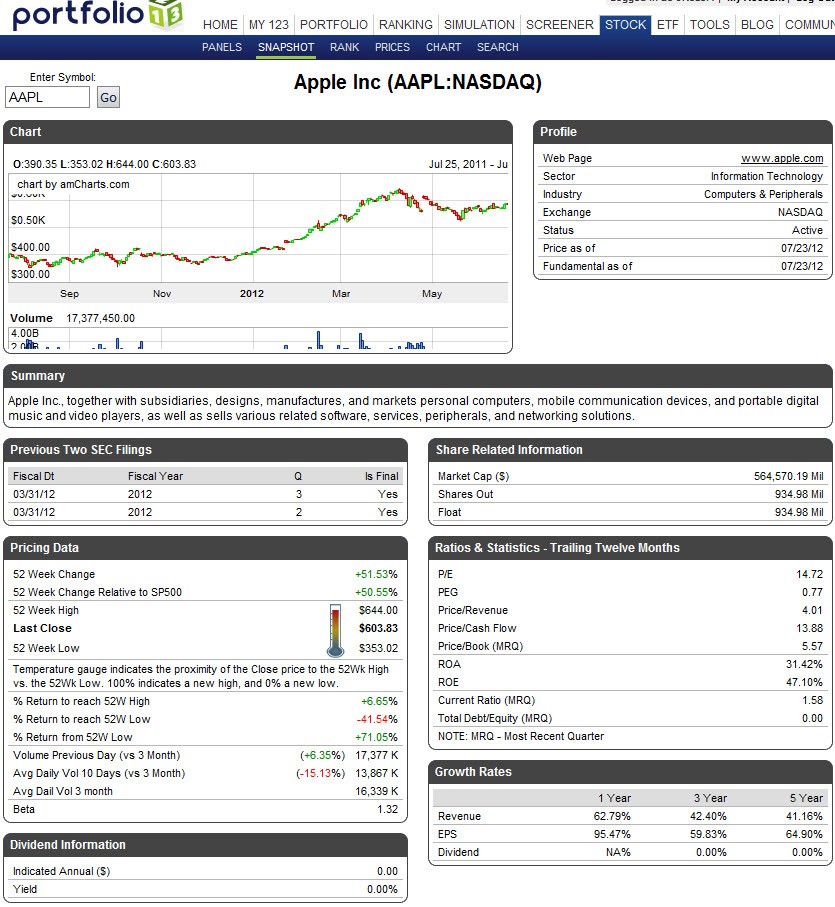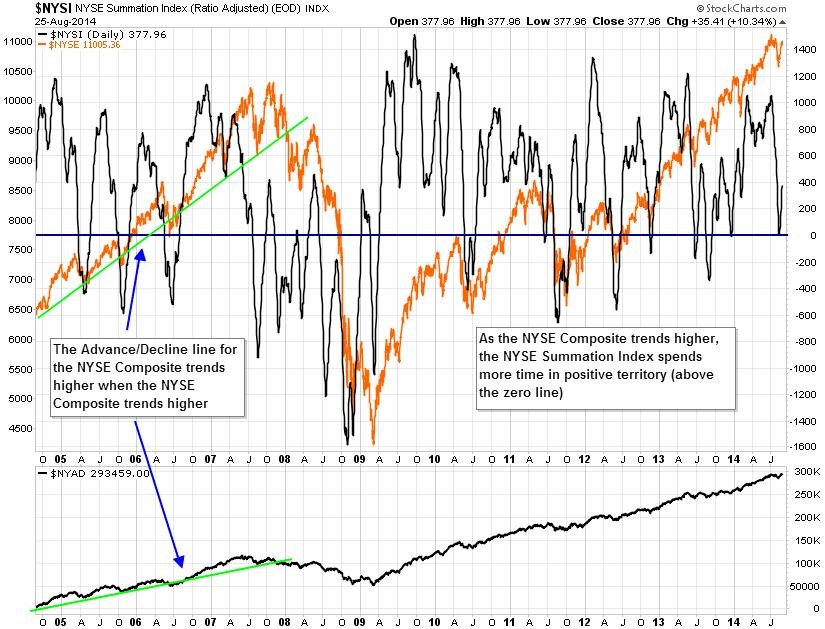Computerized Investing
Post on: 16 Март, 2015 No Comment

by Wayne A. Thorp, CFA
The last two installments of Spreadsheet Corner provided templates on how to calculate bond prices, returns and price sensitivity to changes in interest rates and time to maturity (Fourth Quarter 2012 and First Quarter 2013 issues; available online at ComputerizedInvesting.com). These articles laid the groundwork for a discussion of more advanced, and accurate, measures of bond volatility.
As bond investors, we need to be aware of the impact that changing interest rates (yields) can have on the value of bonds. Volatility measures allow us to compare bonds of differing maturities and coupon rates to find the ones that fit our investment horizon and our forecast of future interest rates. Recall that there is an inverse relationship between yield and bond prices. If interest rates go up, the value of the fixed interest and principal payment you expect to receive from the bond goes down. Conversely, if interest rates fall, the value of bonds will increase. In other words, the bond market rallies when interest rates fall (and, conversely, it falls when interest rates rise).
Long-term bonds are much more sensitive to changes in yields than short-term bonds. A longer term to maturity means it takes longer for investors to recover their initial investment, so the market value of the bond is more sensitive to changes in interest rates. Recall, too, that the coupon rate is the interest rate on the bond that is established at the time the bond is issued. The higher the coupon rate, the less the value of the bond will change in response to interest rate changes. In contrast, the lower the coupon rate, the more the value of the bond will vary with changes in interest rates. Figure 1 from the Fourth Quarter 2012 Spreadsheet Corner article illustrated the relationship between market interest rates and bond prices. Since bond values change inversely to the change in interest rates, a long-term, low-coupon-rate bond will suffer a very great decrease in value when interest rates increase; a short-term, high-coupon-rate bond will change relatively little in value.
When considering different bonds, it is useful to have a measure of price sensitivity to interest rate changes that takes into account both maturity and coupon effects. One such measure is known as duration.
Duration
In a book written for the National Bureau of Economic Research in 1938, Frederick Macaulay first developed the concept of bond duration (although it wasnt until the 1970s that duration came into common use). Duration basically measures the weighted average amount of time it takes to receive the present value of all the cash flows from a bond, measured in years, such that:

DMac = [ tCt (1 + YTM) t ] [ Ct (1 + YTM) t ]
Where:
- t = the time period in which the cash payment is received
- Ct = the cash payment received at time t
- YTM = the per period (typically semiannual) yield to maturity
If the yield to maturity is semiannual, the duration we arrive at is actually the number of semiannual periods. So, in this case, we would divide the result by the payment frequency (two, for semiannual) to arrive at an annual figure.














